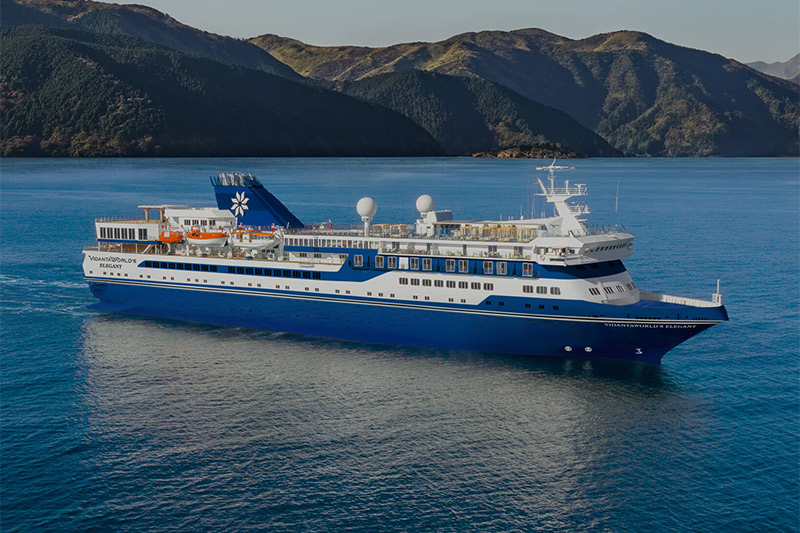The cancellations of ship departures introduced by liner shipping companies to compensate for the slowdown in trade related to the Golden Week, which ended on October 7, did not stop the decline in container freight rates, which continued last week, bringing them to their lowest level in the last nine months. In particular, according to Drewry’s World Container Index, in the week of October 9, levels fell by 1% compared to seven days earlier to an average of $1,651 for a 40-foot box, an amount 51% lower than a year earlier. On the Shanghai-Genoa route, prices fell at the same rate (-1%), reaching $1,793, 53% less.
On the horizon, for sea freight rates, the beneficial effect of the ceasefire in Gaza is also taking shape, which – with timing and methods yet to be defined – should allow for the safe return of commercial ship transits in the Red Sea, pushing them towards new reductions.
While a second half of the year marked by very weak levels is inevitable according to many, opposing forces that could avoid a full collapse of rates are also to be noted. Among those under the control of shipowners, besides blank sailings, there is also the introduction of rate increases, a move decided in recent days by Hapag-Lloyd and MSC, which has now been joined by CMA CGM.
The French group has in fact announced – also effective from October 15, like its peers – new FAK (Freight All Kinds) rates for transport from Asia to the Mediterranean and North Africa. These will increase further starting November 1. For example, the shipment of a 20-foot box to the Western Med will have a base cost of $2,300, which will rise to $2,400 from the beginning of next month. From the same date, CMA CGM will also introduce new price levels for shipments from the Mediterranean to the Middle East and the Red Sea, with costs that, for departures originating in the western area, will rise to $900 and $800 respectively.
However, port congestion phenomena could also intervene on freight rate levels, supporting them. A resurgence of this problem is being observed particularly in Northern European ports. Last week, the container terminals in Rotterdam were at a standstill due to a strike called by lashing workers who were aiming to sign a new contract. For now, the blockade has been suspended – and will be for at least five days – due to the restart of negotiations with the employer side; however, a court has guaranteed worker representatives the possibility of resuming the strike should the negotiations fail.
Meanwhile, the Belgian ports of Antwerp, Ghent, and Zeebrugge are dealing with a pilots’ strike, which led to 150 ships waiting to enter the three ports on Friday evening, with cascading delays also on inland operations. According to worker representatives, in the country many positions remain unfilled because aspiring pilots prefer to move to neighboring ports in the Netherlands, whose system guarantees them “higher salaries, a better pension, and mandatory retirement at 60.”
The latest update provided directly by the port of Antwerp reports 93 ships waiting (and without already planned berthings) in the port this morning at 7 AM, and another 19 that are experiencing delays, while in Zeebrugge the situation was 12 units whose berthing was being delayed.
According to Loadstar, the combination of the new FAK increases and the forced idling of vessel capacity, blocked by congestion, could at least create a short-term peak.





